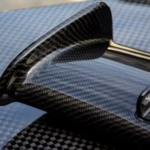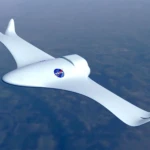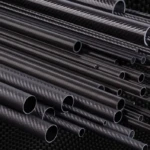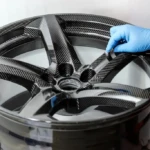It is widely used in various industrial scenarios requiring high precision position control and rapid response. In industrial robotics, controlling the joint movements of robots to achieve precise positioning and rapid response, whether it is a material handling robot on an assembly line or a spray painting robot , is inseparable from its fine control. CNC (CNC) machine tools also rely on servo motors to ensure machining accuracy and surface quality by controlling the movement of the spindle and feed axis, providing a reliable guarantee for precision parts processing, mold making, etc.
In addition, in packaging machines and printing equipment, it precisely controls sealing, labeling, cutting and other actions to improve packaging efficiency and printing clarity . In automated warehouses and logistics systems, servo motors drive conveyor belts, stackers and other equipment to ensure fast and precise handling of goods. The power steering and braking systems of new energy vehicles also use servo motors to ensure smooth and energy-efficient driving.
Its technical requirements are extremely strict to ensure stable and reliable operation under various complex working conditions. Wide speed range, high positioning accuracy, transmission rigidity and speed stability are the basic requirements of servo motors. At the same time, it must also have the ability to respond quickly and adjust the motor status in a very short time to meet the high requirements for precision and speed on the production line.
To address these challenges, digital signal processors (DSPs) are commonly used as a control core to implement complex control algorithms and digital, networked, and intelligent management. The power drive unit converts the input electrical energy into direct current through a three-phase full-bridge rectifier circuit, and then drives the servo motor through a three-phase sinusoidal PWM voltage inverter to realize the AC-DC-conversion process. AC. At the same time, the internally integrated intelligent power module (IPM) and various fault detection and protection circuits ensure the safe operation of the driver.
With the continued development of technologies such as the Internet of Things and artificial intelligence, we are moving in a smarter and more connected direction. Not only does it have powerful control capabilities, but it also integrates network communication functions, facilitating access to the automated control system to achieve remote monitoring and fault diagnosis. This highly integrated design not only improves production efficiency, but also reduces maintenance costs, providing strong support for the enterprise’s intelligent manufacturing transformation.
Added to this are continuous optimizations in terms of precision and energy efficiency. By adopting more advanced control algorithms and sensing technologies, nano-level position accuracy and millisecond-level response speed can be achieved to meet more processing needs. At the same time, through intelligent adjustment of output power, energy usage efficiency can be significantly improved and operating costs reduced, in line with the concept of sustainable development.
Daguang focuses on providing solutions such as precision CNC machining services (3-axis, 4-axis, 5-axis machining), CNC milling, and rapid prototyping services.
















